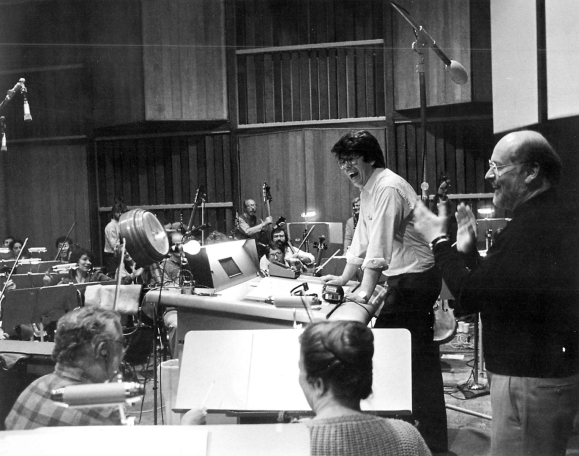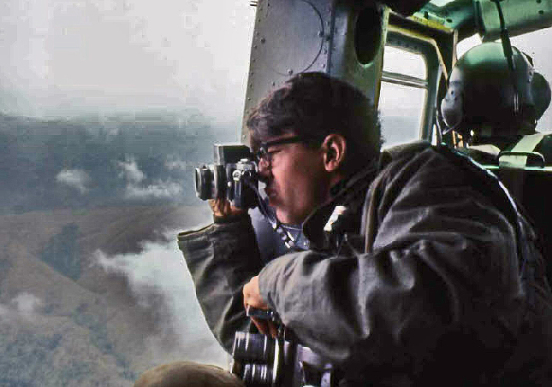
Background Tom Wolzien
Tom Wolzien is an inventor, analyst, and media executive. He created Wolzien LLC In 2005, after spending nearly 14 years as a high profile sell-side analyst of large publicly traded media and cable companies for the Wall Street research firm of Sanford C. Bernstein & Co, more than 15 years at NBC, early years at local television stations and running an Army combat photography operation in Vietnam.
Since 2005 Wolzien has served as a consultant to the largest media and technical organizaations, including Warner Bros./Discovery (separately and together), Microsoft, CBS, Sony, and The Directors Guild of America (DGA), among others. At the DGA Wolzien provided industrial research for the Guild's "Forecast Project", setting research groundwork used in four negotiating cycles. Since 2006, he has been a regular presenter on industrial trends at the annual Entertainment Bar Synposium, sponsored by UCLA Law's Ziffren Center for Media, Entertainment, Technology and Sports Law.
Multiple patents have been awarded Wolzien (starting with 5,761,606) for his early interactive television inventions linking mass media and the web (click for more info or click to buy button on many cable remotes). He continues as an active inventor, with his latest patent series issued 2014-23 for technology related to management of large numbers of IP video connections (smartphone video) for streaming and linear video content in television and other industries. The global patent portfolio of more than two dozen patents is managed by wholly owned Video River Group LLC.
For 14 years at Bernstein, Wolzien was internationally recognized for his ground breaking research into the impact of industrial trends on media and communications companies. For example, in 1995 he was the first on Wall Street to identify the potential of the cable modem and, later, cable telephony. He was ahead of the curve in predicting advertising downturns (2000), the huge growth in political issue advertising (2003 for the 2004 election), and in 2004, the potential of the "internet bypass" or over the top streaming delivery of video to consumers via broadband connection.--the basis of all streaming video content today.
In addition to briefing senior managements of major media and communications companies, Wolzien has testified before Congress and the Federal Communications Commission. He has discussed major industrial changes on the news programs of all major broadcast networks and the 24 hour cable news and business channels. And he has been quoted widely in major publications including The New York Times, The Wall Street Journal, The Financial Times, Time, Newsweek, The Economist, and Business Week.
From 1976 to 1991 Wolzien worked in news production and executive management of network news and in corporate business development at NBC. He began as White House field producer, moved to the producer in charge of the Nightly News investigative unit, and to executive producer of major news programs including a prime time magazine series, special event programs, and Nightly News Weekend. He covered presidential election campaigns and ran news coverage and operations of major events ranging from Mideast peace initiatives in the Began-Sadat era to the nuclear problems at Three Mile Island. He was the executive in charge of production for election night telecasts.
During the difficult analog-digital transition period of the 1980s he was a national table negotiator for NBC in contract talks with technical unions and guilds. He also sought out John Williams to write new theme music for all NBC News shows, a two year negotiation and production process. That music remains on the air nearly 40 years later.
As senior vice president of cable and business development, Wolzien was part of the team that started CNBC,
Wolzien joined NBC News after working as a reporterr, news film photographer, news program producer, and assistant news director at local television stations in Denver, Greeen Bay and St Louis. He was graduated from the University of Denver in 1969, and immediately entered the US Army. After infantry training and engineer officer candidate school, we was sent to Vietnam as a motion picture director, shooting and field producing throughout the war zone before being assigned as Officer in Charge of the Photo Branch of the Southeast Asia Pictorial Center,/221st Signal Company, the Army's combat camera unit during the war. Watch a clip from Dustoff '89er here.
Wolzien has been married to author and business partner Valerrie Shelley Wolzien for 53 years. They live in New York's Hudson River valley.


